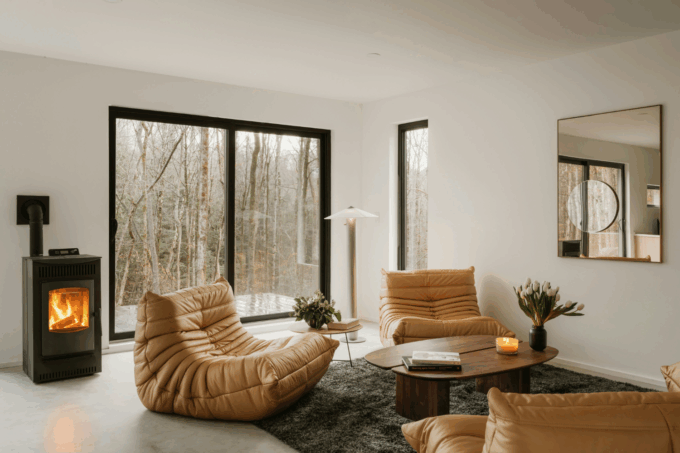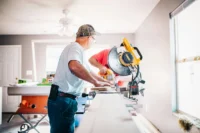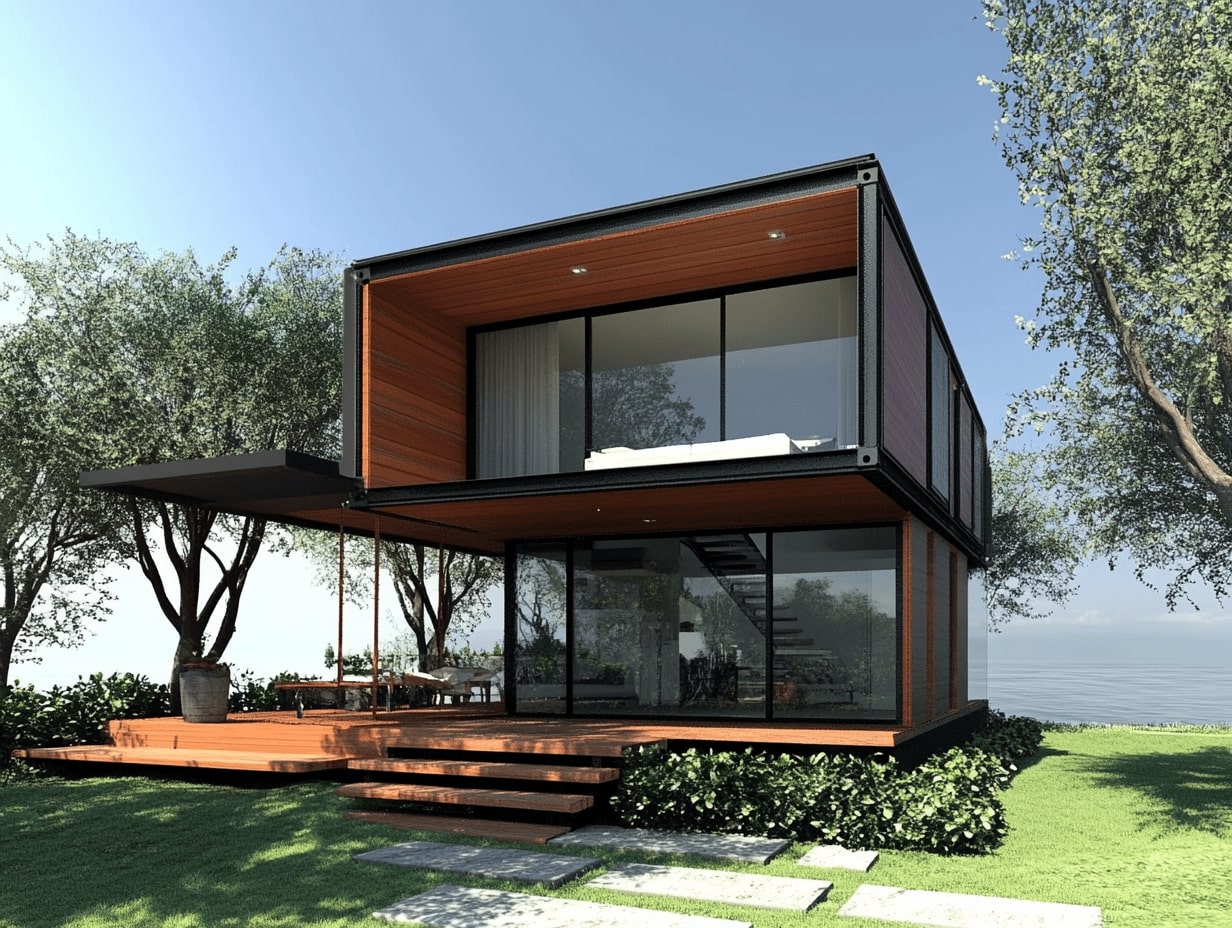- Home
- Articles
- Architectural Portfolio
- Architectral Presentation
- Inspirational Stories
- Architecture News
- Visualization
- BIM Industry
- Facade Design
- Parametric Design
- Career
- Landscape Architecture
- Construction
- Artificial Intelligence
- Sketching
- Design Softwares
- Diagrams
- Writing
- Architectural Tips
- Sustainability
- Courses
- Concept
- Technology
- History & Heritage
- Future of Architecture
- Guides & How-To
- Art & Culture
- Projects
- Interior Design
- Competitions
- Jobs
- Store
- Tools
- More
- Home
- Articles
- Architectural Portfolio
- Architectral Presentation
- Inspirational Stories
- Architecture News
- Visualization
- BIM Industry
- Facade Design
- Parametric Design
- Career
- Landscape Architecture
- Construction
- Artificial Intelligence
- Sketching
- Design Softwares
- Diagrams
- Writing
- Architectural Tips
- Sustainability
- Courses
- Concept
- Technology
- History & Heritage
- Future of Architecture
- Guides & How-To
- Art & Culture
- Projects
- Interior Design
- Competitions
- Jobs
- Store
- Tools
- More
Building a House with Shipping Containers: Affordable, Sustainable, and Stylish Living Solutions
Discover the trend of building homes with shipping containers—affordable, eco-friendly, and customizable solutions that blend industrial charm with modern design. Learn about their durability, quick construction, and sustainability while exploring creative layouts, practical tips, and success stories to design your dream container home.

Building a house with shipping containers isn’t just a trend; it’s a game-changer in modern construction. These steel giants, once used to transport goods across oceans, are now being transformed into innovative, eco-friendly homes. With their durability and versatility, they offer a unique way to create stylish living spaces while reducing waste.
As we explore this exciting approach to home design, we can see how it blends sustainability with affordability. Shipping container homes are not only cost-effective but also quick to assemble, making them an attractive option for those looking to build a home on a budget or a tight timeline. Plus, their modular nature allows endless customization.
Whether we’re drawn to their industrial charm or intrigued by their environmental benefits, building with shipping containers opens the door to a world of creative possibilities. It’s more than just a home—it’s a statement of innovation and resourcefulness.

Table of Contents
ToggleAdvantages Of Building A House With Shipping Containers
Shipping container homes offer practical benefits that make them an appealing choice. From affordability to sustainability, these advantages cater to a variety of needs.

Cost-Effectiveness
Using shipping containers reduces overall construction expenses. Repurposed containers cost significantly less than traditional building materials. For instance, a used 40-foot container can cost about $3,000–$5,000, making it a budget-friendly option. Additionally, reduced labor costs stem from containers’ pre-fabricated structure, which simplifies construction.
Eco-Friendliness
Shipping container houses support sustainable building practices. Repurposing containers prevents their accumulation in scrapyards, reducing waste. Each reused container saves approximately 8,000 pounds of steel. Their compatibility with green building techniques, like solar panels or rainwater harvesting systems, further minimizes the environmental footprint.
Durability And Strength
Shipping containers are designed to protect cargo in extreme conditions, making them highly durable. Built from corten steel, they resist corrosion and weathering. Their structural integrity supports stacking and adapts to various terrains, ensuring long-lasting performance.
Quick Construction Time
Prefabricated containers enable faster home assembly compared to traditional methods. A well-planned container home can be completed in 2–3 months, significantly shortening construction timelines. This speed benefits those seeking housing solutions in tight schedules or urgent scenarios.
Design Possibilities And Flexibility
Shipping container homes offer unmatched versatility, allowing homeowners to explore creative design approaches. Their modular nature supports unique layouts, combining practicality with aesthetic appeal.

Innovative Designs
Container homes bring modern, sleek designs to life. Using the containers’ box-like structure, we can experiment with minimalistic and industrial aesthetics. For example, incorporating large glass panels or rooftop terraces adds sophistication and a sense of openness. Containers can be positioned vertically, horizontally, or even cantilevered to produce striking architectural elements.
Combining Multiple Containers
Joining multiple containers expands design potential significantly. Stacking containers vertically creates multi-story homes, while connecting them horizontally produces wide-open living spaces. For instance, L-shaped or U-shaped layouts blend functionality with style. Properly aligning and welding containers forms seamless layouts that cater to varying space requirements.
Interior Customization Options
Containers provide a blank canvas for diverse interior designs. We can install insulation, drywall, and modern flooring to achieve a residential finish. Spaces can be tailored to specific needs, such as creating open-plan kitchens or cozy, partitioned bedrooms. Adding recessed lighting, built-in storage, and custom cabinetry enhances functionality while maximizing space efficiency.
Challenges To Consider
Shipping container homes offer unique advantages, but they come with challenges that require careful planning and consideration to ensure a successful build. Addressing these challenges enhances safety, compliance, and livability.

Insulation And Temperature Control
Effective insulation and temperature regulation are critical for container homes, as uninsulated steel is highly conductive to heat and cold. Without proper insulation, homes can become unbearably hot in the summer and freezing in the winter. Various insulation techniques, such as spray foam, rigid panels, or blanket insulation, can be employed depending on the climate. For sustainable options, materials like cork or recycled denim also balance energy efficiency and environmental impact. Additionally, integrating ventilation systems and energy-efficient windows prevents internal condensation and ensures consistent airflow.
Building Codes And Permits
Shipping container homes must comply with local building codes and permit requirements before construction begins. Regulations often differ by location, with stricter codes in urban areas or regions prone to natural disasters like earthquakes or hurricanes. These codes may address structural safety, electrical wiring standards, plumbing systems, and foundation requirements. Obtaining the necessary permits involves working with professionals like architects or engineers to submit plans for approval. Researching codes specific to a prospective site ensures compliance and prevents potential legal or financial issues later.
Potential Structural Modifications
While structurally sound, shipping containers require modifications to create a livable home. Cutting sections for windows, doors, or connecting multiple containers weakens the original structure if not reinforced properly. Steel reinforcements, such as welding beams or using additional framing, maintain structural integrity during alterations. Removing walls or adding heavy rooftop features, like solar panels or a garden, also demands careful load calculations. Working with structural engineers when significant modifications are planned ensures the container remains stable and safe for long-term use.
Tips For Planning And Construction
Efficient planning and execution are crucial for creating functional, durable, and cost-effective shipping container homes. Addressing key factors early ensures the process remains smooth and successful.

Choosing The Right Containers
Selecting high-quality containers is essential for structural integrity and longevity. We recommend using “one-trip” containers, as they’re nearly new and have minimal wear. Inspection of used containers is vital, checking for rust, dents, or hazardous chemical residues from previous use. Sourcing containers certified for structural stability ensures they’re safe for residential use.
Working With Experienced Professionals
Collaborating with specialists enhances design and construction quality. Architects and engineers with experience in container conversions can optimize layouts, insulation, and reinforcement strategies. Contractors familiar with welding and steel modifications ensure precision while maintaining safety. Professional insights also help in navigating local regulations, permits, and zoning requirements.
Budgeting And Cost Management
Accurate cost estimation prevents budget overruns. We suggest listing all expenses, including containers, permits, labor, modifications, utilities, and interior customization. Allocating funds for unexpected costs ensures financial flexibility. Comparing manufacturers and contractors’ prices helps lower expenses without compromising quality. Additionally, integrating sustainable technologies, like solar panels, can reduce ongoing utility costs.
Examples Of Successful Container Homes

Graceville Container House in Australia
The Graceville Container House showcases a multi-story design made from 31 shipping containers. This home features open-plan living spaces, integrated sustainable technologies, and large glass panels for natural light. Its eco-friendly build includes solar panels and rainwater harvesting systems, reducing energy and water consumption. The house exemplifies the potential for blending industrial materials with modern aesthetics.
Manifesto House in Chile
Constructed using shipping containers and recycled wood, the Manifesto House demonstrates an innovative approach to sustainability. This off-grid home incorporates bioclimatic design with features such as cross-ventilation and thermal insulation to minimize energy needs. The combination of materials and energy-efficient systems highlights its commitment to environmental consciousness.
The Caterpillar House in California
The Caterpillar House, completed with six recycled shipping containers, emphasizes minimalism and energy efficiency. Solar panels, natural ventilation, and open-air designs contribute to reduced energy usage. This LEED-certified home integrates functional layouts while maintaining a modern appearance, showcasing the adaptability of container homes in various climates.
Casa Incubo in Costa Rica
Casa Incubo is a striking two-story container home designed as a multifunctional living and working space. Made from eight containers, it incorporates sustainable features like solar-powered systems, LED lighting, and a rainwater collection setup. The home includes open spaces, a rooftop terrace, and carefully positioned windows to optimize daylight and ventilation.
The WFH House in China
The WFH House focuses on prefab construction and sustainability. Built with three containers and bamboo elements, it blends modern design with natural materials. The use of energy-saving technologies, such as passive heating and cooling systems, maximizes efficiency. Its innovative structure represents how container homes can integrate green building technologies seamlessly.
Conclusion
Building homes with shipping containers combines affordability, sustainability, and modern design. These structures provide durable and versatile living spaces, catering to various needs while supporting eco-friendly initiatives. By planning efficiently, selecting quality materials, and collaborating with professionals, we can overcome design and regulatory challenges, transforming shipping containers into functional, stylish homes.
Shipping container homes represent a forward-thinking approach to housing. Their rapid construction, modular flexibility, and innovative customization make them a compelling choice for those seeking unique, resource-efficient living solutions.
- affordable container housing
- budget-friendly container housing
- building with shipping containers
- container architecture
- container home affordability
- container home builders
- Container Home Designs
- container house construction
- container living solutions
- custom container homes
- Eco-Friendly Container Homes
- energy-efficient container homes
- innovative container homes
- luxury container homes
- modern container homes
- prefabricated container homes
- shipping container homes
- shipping container house plans
- stylish container living
- sustainable living with containers
- sustainable shipping container houses
- tiny container houses
Submit your architectural projects
Follow these steps for submission your project. Submission FormLatest Posts
The Cost-Saving Benefits of Using Storage Containers in Construction
In the first months of 2024, construction input costs jumped 3.5%, tightening...
The Ultimate Guide to Living in a Container Home in the USA: Sustainable and Stylish
Discover the ultimate guide to living in a container home in the...
10 Essential Container Home Interior Design Tips You Need to Know
Discover the top 10 container home interior design tips to elevate your...
Innovative and Stylish Creative Container Home Interior Design Ideas
Discover innovative container home interior design ideas that combine modern style with...












Leave a comment